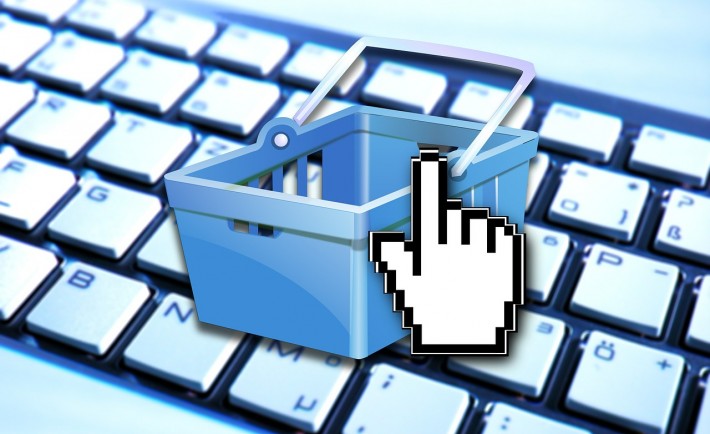Dreaming of a movie theatre-like experience at home? Few people turned that dream into reality by purchasing 3D television that includes 3D glasses, lifelike images, vivid colors, and 3D effects. But majority of these owners (i.e., almost 80%) in United Kingdom, regret their purchase. The leading complaint is that there is not enough 3D content to make ownership of the device worthwhile.
To avoid making regrettable purchases like the example above, you must use the available resources to educate yourself on the consumer data and product information before buying something. The power of communication will help you make quicker and smarter consumer decisions. Ask yourself these questions before purchasing something:
1. DOES THIS PRODUCT COME WITH WARRANTY?
In case an unforeseen event happens and your item does not function anymore, do you have to fork your own savings for repair or return it to the manufacturer under the warranty terms? We all know that the latter is better especially if your purchase is a costly one (e.g., a washing machine or an Apple laptop). Invest in products with warranty and confidence in its manufacturer’s shoulders.
2. DO I HAVE ONE OF THIS?
Some people forget where they place a certain item and would go to the store just to purchase one – again. If this happens to you often, it is about time that you organize your space. Toss or donate the stuff you do not need anymore then, discover useful items that you already own.
3. CAN I JUST BORROW THE SAME ITEM FROM SOMEONE ELSE?
Say you live in a small flat with 1 bedroom and you needed to vacuum. If the product is as common as a vacuum cleaner then, opt for borrowing the vacuum cleaner of your neighbor or friend. Why bother if the item is not really necessary to your home anyway? Furthermore, you can assess whether buying a secondhand version of the product is a brilliant idea.
4. DO I HAVE TO USE THE MONEY I DO NOT HAVE FOR THIS ITEM?
Using the credit card for your purchases should be your last resort. No matter how great a deal may seem, it may still add up to your credit card interest. So, ask yourself if the item is really worth it.
5. CAN THE PRODUCT’S USEFULNESS LAST FOR 6 MONTHS OR MORE?
Be realistic while envisioning yourself and the product. If you are still using it for six months and more then…it is a good purchase. You do not want to waste too much money on something that you would use for a day (e.g., Halloween costume)!












